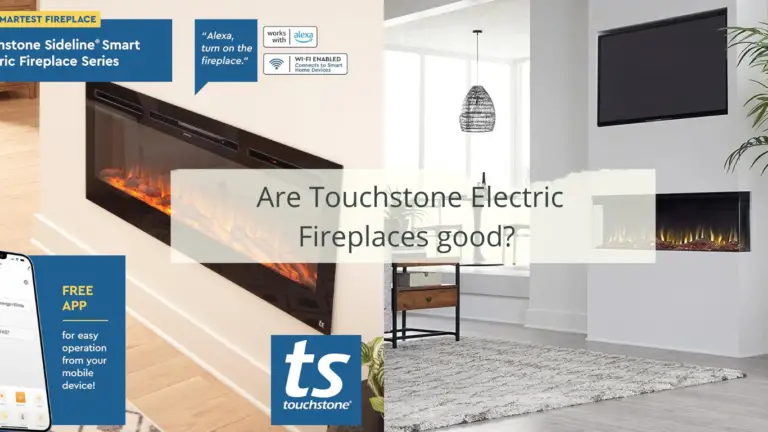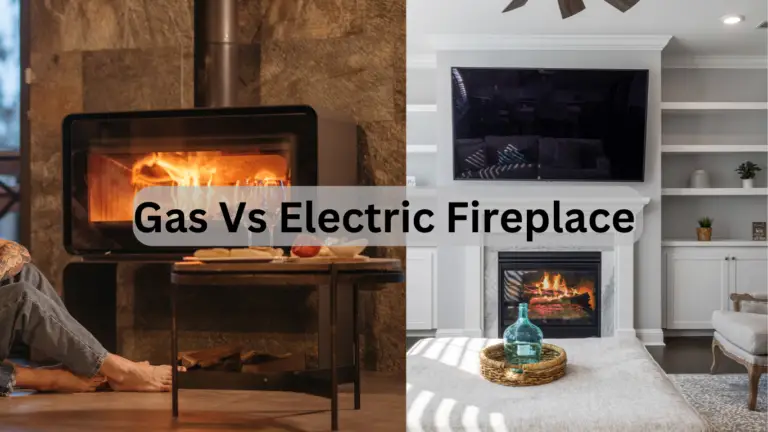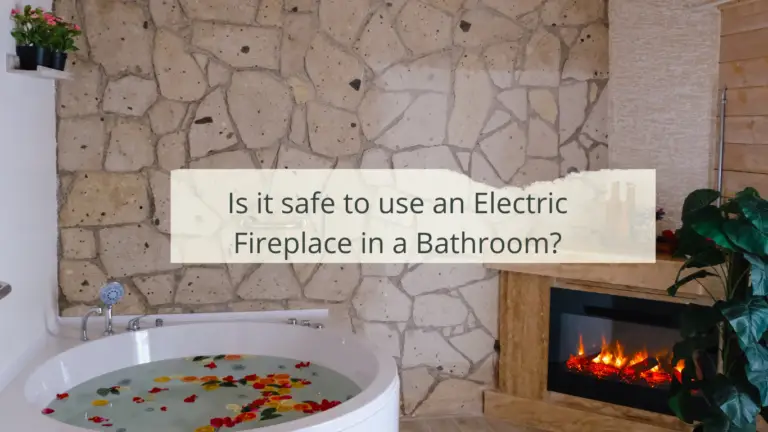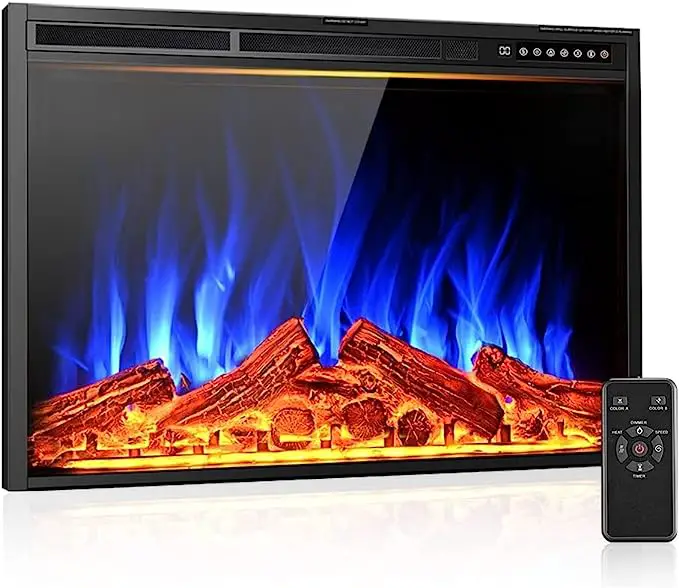Do electric fireplaces need to be vented?
This post may contain affiliate links which means I may receive a commission for purchases made through links.

One of the biggest challenges of installing a traditional fireplace is meeting structural requirements like vents, pipe-work, chimneys, and flues. Even worse, these structural requirements are usually restrictive. These requirements depend on factors like room design, building layout, and specific regional building codes & regulations. This can have a significant impact on your fireplace design. Moreover, this can make it difficult to install a fireplace in your home if you don’t already have a chimney.
Luckily, homeowners can now add supplementary heat to their living spaces without having to install a chimney or vents. This is because electric fireplaces do not need to be vented as they don’t release any byproducts or smoke.
Continue reading this post to learn more about whether electric fireplaces need to be vented!
Does an electric fireplace need to be vented?
As already mentioned, electric fireplaces do not need a vent, chimney, or any other form of a ventilation system. After all, based on how electric fireplaces work, they don’t produce realistic flames. Instead, they use a series of internal mechanisms to produce heat and realistic flames, reproducing every aspect of real fireplaces. For instance, they feel and look like a real fireplace, give off tangible heat, and have a flickering, 3D flame.
However, unlike traditional fireplaces, electric models don’t give off any harmful byproducts like carbon monoxide or smoke. One reason for this is that they use electricity instead of real burning fuel. For that, they don’t need a chimney or vent like a gas or wood fireplace would. This eliminates the need to install any type of ventilation system around your electric fireplace. Plus, they don’t use a lot of electricity as they convert 100% of the energy they draw into usable heat.
Why electric fireplaces don’t need to be vented!
Compared to their gas or wood counterparts, electric fireplaces are easy to install since they don’t need to be vented. In most cases, you only need to unpack the new unit and plug it in.
Here’s why electric fireplaces do not need to be vented!
Fuel-burning fireplaces like gas and wood-burning models need vents to expel heat and harmful emissions like carbon monoxide. Burning a fuel source like gas or wood emits chemicals like carbon monoxide, carbon, and formaldehyde into the air. These chemicals should be vented out of your home through a chimney or flue for safety reasons.
However, electric fireplaces don’t produce any emissions or burn fuel internally, eliminating the need for vents. Besides, the flame effect of electric fireplaces is completely simulated. Specifically, most electric fireplaces reflect some lights back onto a panel behind a log set that looks like fire, while some units use videos of fire burning or water mist to create the flame effect. Either way, electric fireplaces do not produce a real flame or generate an actual fire. This makes them perfectly safe to use in your home and eliminates the need for chimneys and vents since they don’t emit any dangerous gases or smoke.
Better still, the lack of venting for electric fireplaces allows them to run more efficiently since none of the generated heat escapes out through the chimneys and flues. As a result, electric fireplaces convert 100% of the imputed energy into ambiance and heat, meaning all the electricity used to run the fireplace is used for your comfort.
What if you convert a gas or wood-burning fireplace into an electric fireplace? Do you still need to use the vent, flue, and chimney?
Another notable benefit of investing in an electric fireplace is that you can use it to upgrade an existing natural gas or wood-burning fireplace in your home. In that case, you don’t have to use the flue, chimney, or vent anymore since electric fireplaces don’t produce any dangerous gases that should be vented out of your home. Instead, you only need to install a power outlet into the existing fireplace, install an electric insert according to the manufacturer’s instructions, plug it in, and start using the unit right away!
This will eliminate the need to vent the fireplace or even perform annual maintenance. For instance, an electric fireplace eliminates the need to clean up as well as the costly yearly maintenance required with traditional fireplaces.
Conclusion: Do electric fireplaces need to be vented?
To sum up, electric fireplaces do not need to be vented since they don’t emit dangerous fumes or smoke. Also, they don’t generate a real flame like traditional gas or wood-burning fireplaces, so they don’t produce any byproducts through their use. More importantly, this makes them an excellent option for apartments and homes that do not have an existing fireplace since they don’t need a chimney or flue.






